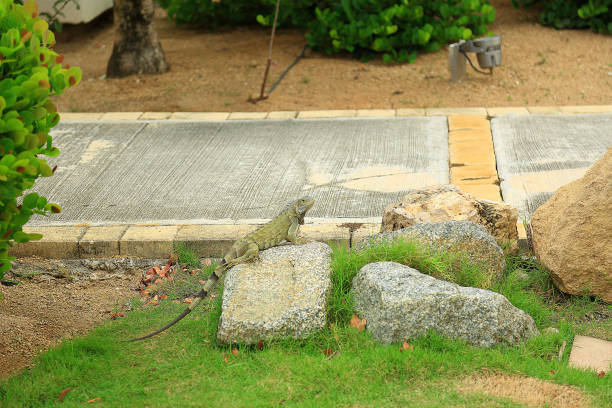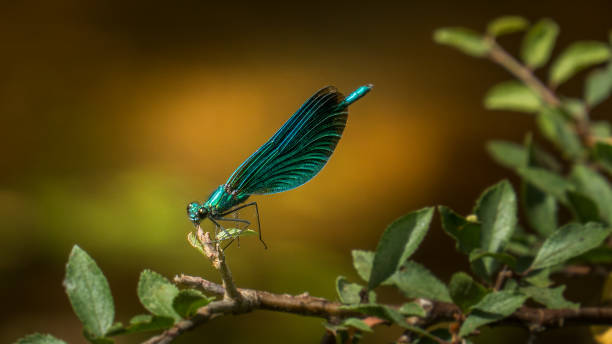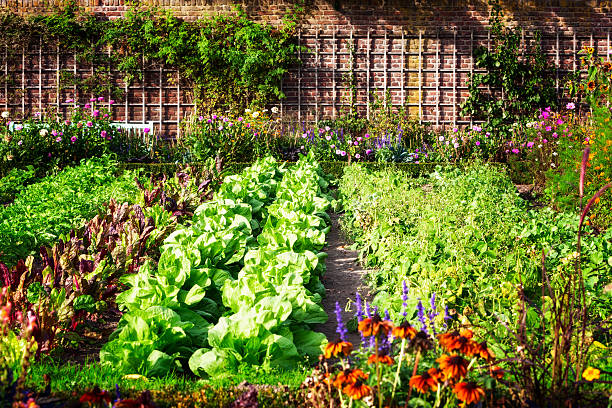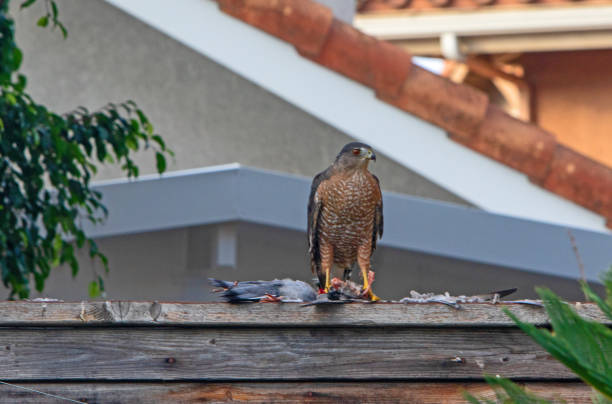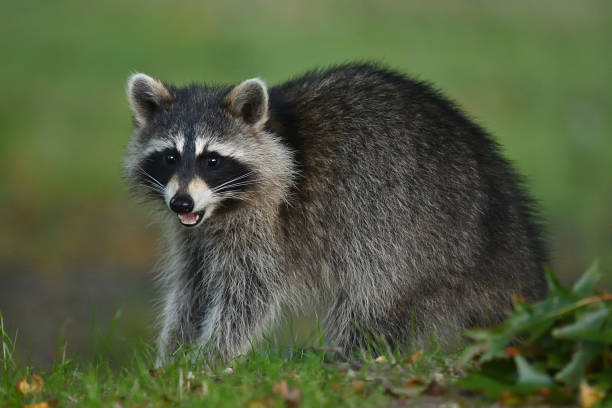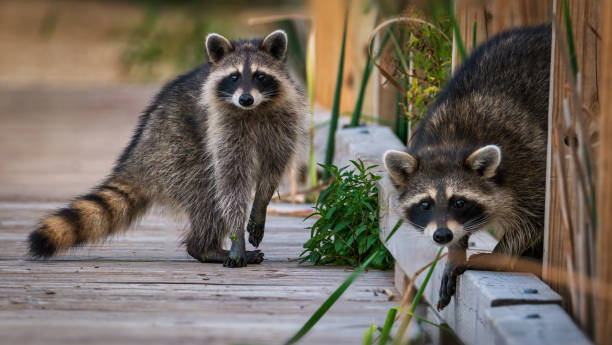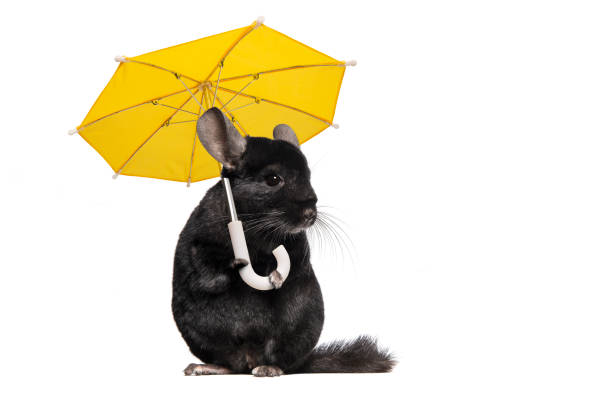What Do Yard Lizards Eat?
This post contains affiliate links. This means I will make a commission at no extra cost to you should you click through and make a purchase. Read the full disclosure here.Yard lizards, also known as garden lizards or fence lizards, are small reptiles commonly found in residential areas and gardens. These fascinating creatures contribute to the biodiversity of our surroundings and help control pest populations. To understand how to attract and provide for these beneficial reptiles, it is important to learn about their diet and feeding habits.
Characteristics of Yard Lizards
Yard lizards belong to the family Phrynosomatidae and are characterized by their scaly bodies, long tails, and adhesive toe pads that allow them to climb walls and trees. They are typically small in size, measuring around 5 to 8 inches in length. Their coloration varies depending on the species and their surroundings, which helps them blend into their environment and avoid predators.
Diet and Feeding Habits
Yard lizards are insectivores, primarily feeding on a variety of insects and arthropods. However, their diet can also include small vertebrates such as spiders, snails, and occasionally even small frogs or lizards.
General Feeding Behavior
Yard lizards are diurnal creatures, meaning they are most active during the day. They are skilled hunters and use their keen eyesight to locate and capture their prey. Lizards often exhibit a sit-and-wait strategy, patiently observing their surroundings for any movement that indicates potential prey.
Insects and Arthropods
The main portion of a yard lizard’s diet consists of insects and arthropods. They feed on ants, beetles, grasshoppers, crickets, caterpillars, and other small invertebrates. These creatures provide a rich source of protein and nutrients necessary for the lizard’s survival.
Small Vertebrates
While insects make up the bulk of their diet, yard lizards may also consume small vertebrates opportunistically. This can include small spiders, snails, and occasionally small frogs or other lizards that are within their hunting capabilities. However, it’s important to note that the primary portion of their diet is still comprised of insects.
Factors Influencing their Diet
Several factors influence the diet of yard lizards, including the availability of food and the habitat they inhabit.
Availability of Food
The abundance and availability of insects and arthropods in their environment significantly impact yard lizards’ diet. A rich and diverse insect population ensures a steady supply of food for these reptiles. Changes in insect populations, such as seasonal variations or pesticide use, can affect their feeding opportunities.
Habitat and Climate
The type of habitat and climate also influence the diet of yard lizards. Different lizard species are adapted to specific environments, such as grasslands, woodlands, or desert regions. The availability of specific prey species within their habitat determines what they consume.
Benefits of Having Yard Lizards
Having yard lizards in your garden or residential area can bring several benefits to the ecosystem and overall well-being of your environment.
Pest Control
Yard lizards are natural pest controllers, as their diet consists primarily of insects. They can help keep populations of garden pests, such as ants, beetles, and grasshoppers, in check without the need for chemical pesticides. This natural form of pest control contributes to a healthier and more balanced ecosystem.
Biodiversity
By attracting yard lizards to your yard or garden, you are promoting biodiversity. These reptiles form an essential part of the food chain, providing a food source for predators such as birds and larger reptiles. Enhancing biodiversity leads to a more resilient ecosystem and contributes to the overall health of your surroundings.
Attracting Yard Lizards
To attract yard lizards to your garden or yard, you can provide the necessary elements that make it a suitable habitat for them.
Providing Shelter
Yard lizards require hiding spots to feel safe and secure. You can create rock piles, log piles, or place flat stones around your garden to offer them suitable shelters where they can bask in the sun and find protection from predators.
Water Sources
Like all creatures, yard lizards need water. Providing a shallow dish or birdbath filled with clean water can attract lizards and give them a reliable water source.
Planting Vegetation
Planting native vegetation in your garden helps create a favorable habitat for yard lizards. Native plants attract insects, which in turn attract lizards as a food source. A diverse range of plants with varying heights and structures provides lizards with ample foraging and hiding opportunities.
Conclusion
Yard lizards are fascinating reptiles that offer numerous benefits to our gardens and residential areas. By understanding their diet and providing suitable conditions, we can attract and support these beneficial creatures. Yard lizards’ diet primarily consists of insects and arthropods, but they may occasionally consume small vertebrates. Attracting them to your yard helps maintain a natural form of pest control and contributes to the overall biodiversity of your environment.
FAQs
Are yard lizards harmful to humans or pets?
A: Yard lizards are generally harmless to humans and pets. They are non-venomous and shy away from confrontations. It’s best to observe them from a distance and avoid handling them to prevent stress.
How can I identify if a lizard in my yard is a yard lizard?
A: Yard lizards often have flattened bodies, distinct scales, and are usually small in size. They are commonly found in residential areas and have the ability to change color to blend into their surroundings.
Can I feed yard lizards directly with insects or other food items?
A: Yard lizards are skilled hunters and are best left to find their own food. Creating a suitable habitat with a variety of plants and insects will naturally attract them and provide them with the necessary resources.
Will yard lizards damage my garden or plants?
A: Yard lizards primarily feed on insects and arthropods, not plants. In fact, having them in your garden can help control pest populations and contribute to a healthier ecosystem.
What should I do if I find a yard lizard in my house?
A: If a yard lizard finds its way into your house, gently guide it toward an open door or window. Yard lizards prefer outdoor environments and will likely find their way back outside on their own.

